Tropical Delights
Move over, apples and bananas. It's time to try other tasty fruits, like acai, guava, and papaya. They've got a lot going for them.
Passion Fruit
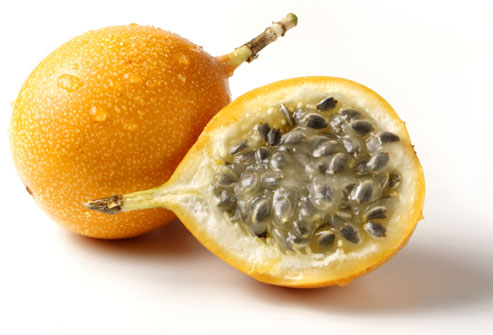
Highly fragrant, egg-shaped, and purple, red, or yellow when mature, the passion fruit is also called the purple granadilla ("little pomegranate" in Spanish). It tastes a lot like guava. Rich in vitamins A and C, potassium, and fiber, you'll get just 16 calories per fruit. Slice it in half, and scoop out and eat the seeds and pulp. Serve in fruit salads, or with chicken, pork, or fish. Strain the pulp and use it in juices, cocktails, desserts, and sauces.
Star Fruit (Carambola)
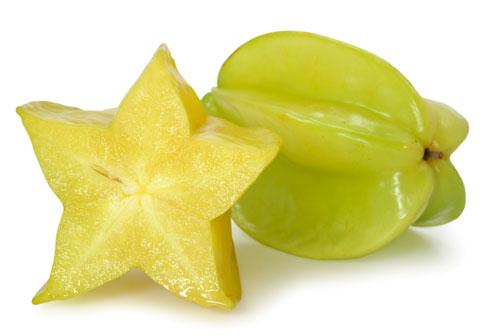
A waxy, golden-yellow fruit tasting of citrus, apple, and plum, star fruit hails from Southeast Asia. Sweet-tart, each fruit has 40 calories and is a great source of vitamin C. Wash, slice, and eat the entire star-shaped treat. You don't need to peel or seed it. Add it to salads or savory dishes, or use as a garnish. Don't eat it if you have kidney problems, since star fruit naturally has kidney stone-forming oxalic acid.
Acai
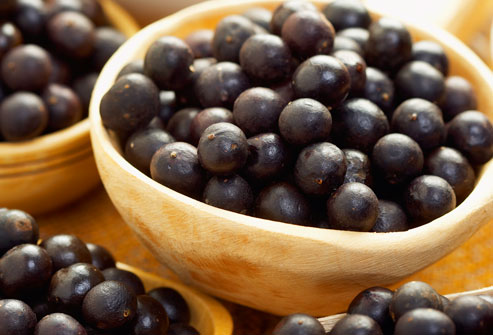
Acai (pronounced ah-sigh-ee) berries stem from a palm tree in the rain forest of Brazil. This tiny, dark, round fruit is about the size of a blueberry (with a large, inedible seed) and tastes like chocolate and wild berries. You can find acai in smoothies and other drinks, or dried and mixed with granola. Acai is rich in anthocyanins (responsible for its purple color) and essential fatty acids.
Mango
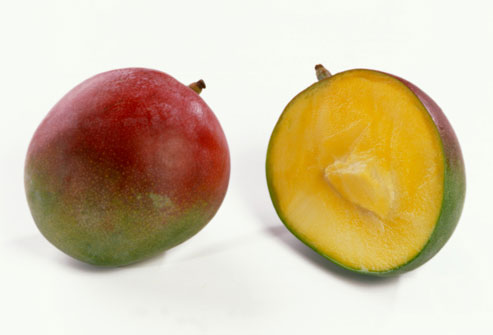
Originally from Southeast Asia, mangoes range in color from green to yellow to red. Packed with antioxidant vitamins A and C, potassium, and fiber, mangoes are easy to enjoy. Peel away the skin, cut away the large seed, and enjoy the rich, orange flesh, bursting with a sweet, tropical taste. Available fresh, frozen, or dried, versatile mangoes can be found in dishes from sweet to savory.
Papaya
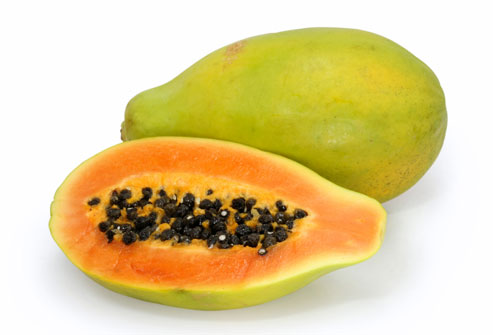
The pear-shaped papaya is native to Central America and has soft, buttery flesh with peppery, edible seeds. This sweet, musky fruit can be as big as 20 inches but is typically about 7 inches long, with 118 calories, lots of vitamin C, and a good amount of folate and potassium. Papaya contains the enzyme papain, used in meat tenderizers and useful in protein digestion. Enjoy papayas fresh or baked, with a squeeze of lemon or lime.
Pomegranate
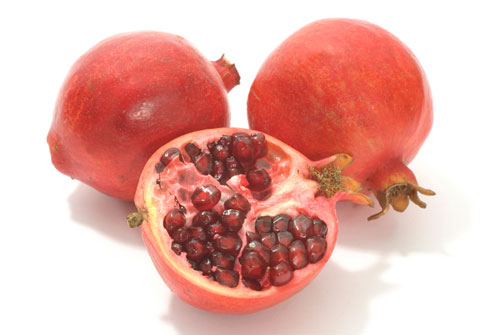
Loaded with antioxidants and fiber, pomegranates are available fresh in the fall. About the size of an apple, the deep red fruit is filled with jewel-toned seeds held in place with a spongy membrane. Only the seeds -- sweet-tart and crunchy -- are edible. Squeeze for ruby red juice, or eat the seeds plain, with fruits, on salads, or atop low-fat yogurt and desserts. One-half cup has 80 calories.
Guava
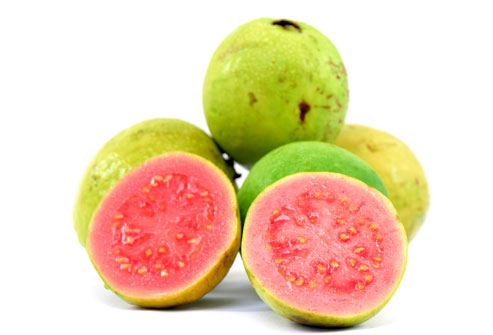
Juicy, sweet, and acidic, the guava's taste might remind you of strawberries and pears. The edible rind may be white, yellow, pink, or red, and may be seedless or filled with pale, edible seeds. Round, oval, or pear-shaped, guavas tend to be 2-4 inches long and are an excellent source of vitamin C. Guava also gives you vitamin A, fiber, potassium, and phosphorus, and you can use it in juices, jams, and desserts.
Kiwifruit
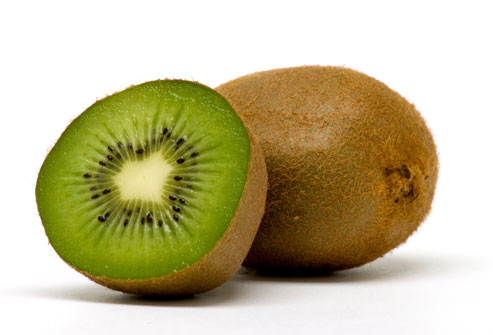
Grown on a vine, these egg-shaped fruits are known for their fuzzy brown skin and sweet-tart flesh. With only 70 calories, kiwis are a great source of potassium and fiber, with twice the vitamin C of an orange. Peel with a vegetable peeler (though the skin is edible) and enjoy the delicious green or golden flesh and tiny, edible seeds. Use kiwis in salads, smoothies, juices, or on low-fat yogurt.
Source: WebMD